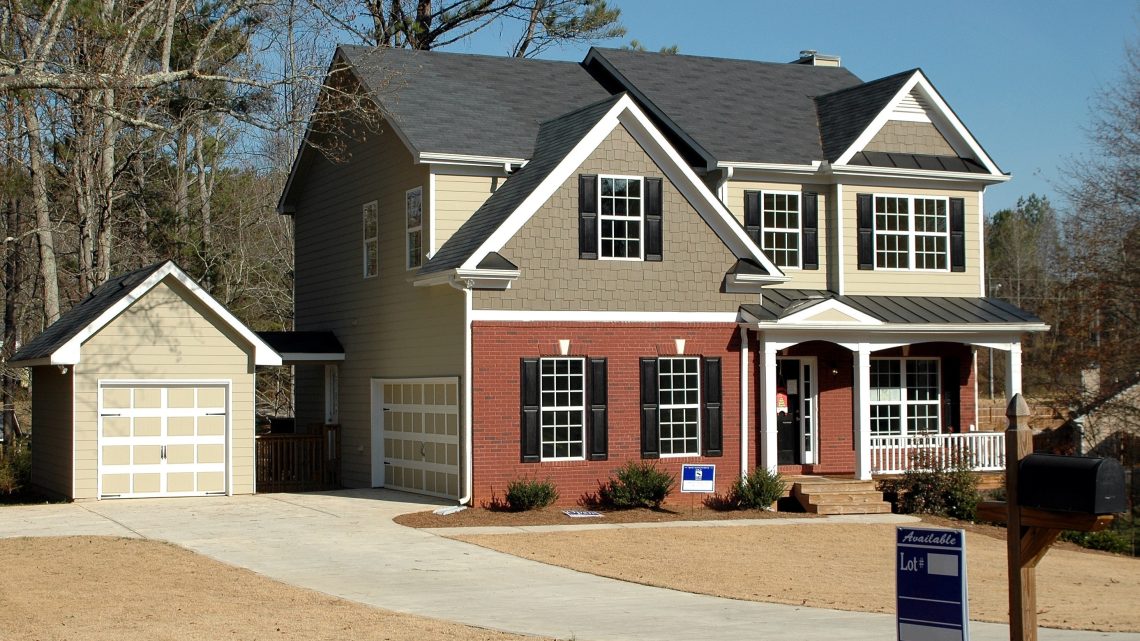You’ve just moved into your dream home. The paint is fresh, the fixtures are modern, and everything looks exactly the way you imagined. But a few months in, something goes wrong. Maybe a ceiling begins to leak, or your lights flicker every time it rains. What looked perfect on move-in day may be hiding something far more serious.
Hidden construction defects aren’t just cosmetic problems—they can create dangerous living conditions and lead to costly repairs. When a builder cuts corners or skips proper inspections, it’s the homeowner who ends up paying the price.
If a home defect has led to an injury, financial loss, or unlivable conditions, you’ll want the guidance of the best Houston construction defects attorney to help protect your rights and fight for fair compensation.
What Are Hidden Construction Defects?
A construction defect is any flaw in a building’s design, materials, or workmanship that compromises its safety, value, or functionality. Some defects are obvious from the start—these are called patent defects. But latent defects are harder to catch. They stay hidden behind walls or beneath floors and often don’t show up until long after move-in.
Common causes include rushed construction timelines, the use of low-quality materials, hiring unlicensed subcontractors, or failing to meet building codes. By the time issues become noticeable, the damage may already be done.
What Are the Most Common Hidden Defects in New Homes?
Electrical Hazards
Faulty wiring, overloaded circuits, or non-code-compliant electrical panels are among the most dangerous defects. These issues can cause electrical fires or increase the risk of electrocution. Because most wiring is concealed within walls, problems often go unnoticed until it’s too late.
Plumbing Defects
Leaky pipes under floors or inside walls can lead to significant water damage. Mold growth, rotting supports, or even contaminated drinking water are common consequences. Slow leaks may persist for months before causing visible signs like ceiling stains or warped flooring.
Structural Flaws
Defective framing, shifting foundations, or improperly secured support beams can cause cracks in walls, uneven flooring, or—in severe cases—ceiling or wall collapses. These issues not only devalue your home but may pose a direct safety threat to occupants.
HVAC and Ventilation Failures
Poorly installed HVAC systems can lead to gas leaks or carbon monoxide exposure. Inadequate ventilation can cause excess humidity, leading to mold growth and respiratory issues. These problems are often felt before they’re seen.
Improper Grading and Drainage
Water should always flow away from a home. If a builder failed to grade the lot correctly or installed poor drainage systems, you may face flooding, foundation damage, or persistent moisture that breeds mold and mildew.
Are Hidden Defects Dangerous?
Yes—hidden construction defects can pose real safety risks. These aren’t just cosmetic problems.
For example:
-
Faulty wiring can trigger a house fire.
-
A rotted ceiling beam could collapse onto a family member.
-
Mold from a hidden leak can cause respiratory issues, especially in children or older adults.
Negligence in the building process can turn minor oversights into life-threatening conditions.
How to Spot Red Flags Before It’s Too Late
If you’re already living in your home, here are red flags to watch for:
-
Flickering lights or breakers that trip often
-
Uneven floors or new cracks in walls or ceilings
-
Musty odors, especially around vents or near the floor
-
Windows or doors that won’t close properly
-
Water stains or unexplained moisture
-
Recurring plumbing issues like slow drains or low water pressure
If any of these signs appear in a new home, it’s worth calling in an independent home inspector to investigate further.
Who’s Responsible? Legal Options for Homeowners
Liability for construction defects can fall on a number of parties, depending on the circumstances. This includes:
-
Builders and contractors who performed the work
-
Subcontractors who installed systems or structural components
-
Developers or property owners who failed to enforce standards
-
Inspectors who signed off on unsafe construction
Texas law allows homeowners to seek compensation when a defect results from negligence or building code violations. Damages may include:
-
Repair costs
-
Medical expenses (if the defect caused injury)
-
Diminished property value
-
Relocation or temporary housing expenses
Keep in mind: these cases are time-sensitive. While Texas provides a window for filing claims, the clock often starts ticking as soon as the defect is discovered—or should have been.
What to Do If You Discover a Defect
If you uncover signs of a construction defect, act quickly:
-
Document everything. Take photos and keep a written record of any damage, symptoms, or costs.
-
Notify the responsible party. Send a certified letter to your builder or contractor describing the issue.
-
Hire a qualified inspector. Independent confirmation strengthens your case.
-
Talk to a construction defect attorney. If your builder refuses to take responsibility—or the damage is serious—legal help may be your best option.
When Your Dream Home Isn’t Safe
Buying a new home should bring peace of mind, not hidden dangers. When workmanship fails and safety is compromised, homeowners need to know their rights.
You shouldn’t have to shoulder the financial burden of someone else’s mistake. If your home has serious defects due to negligent construction, it’s time to explore your legal options. Consulting with a construction defects attorney can help you understand your legal options. No one expects their dream home to come with hidden hazards—but knowing what to watch for can make all the difference.





No Comment